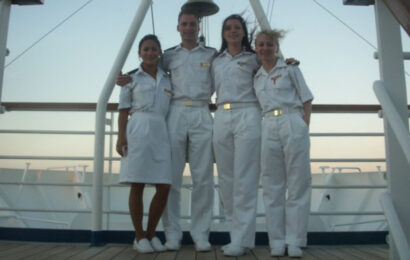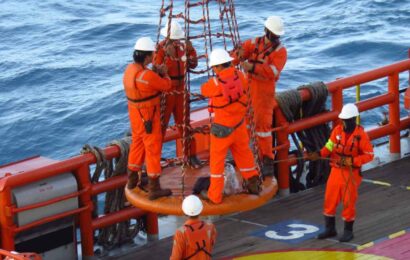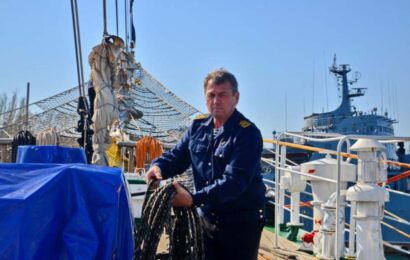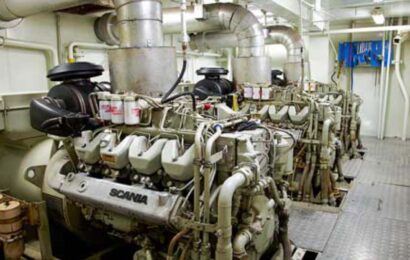- Students: 18
- Duration: 65 hours
International and national regulations regulate the training of seafarers, the protection of their life and health, the prevention of environmental pollution. They pay special attention to the need to develop stable knowledge and skills among seafarers to ensure personal safety and survival in the performance of functional duties. This requires a conscious approach to social responsibility, the ability to resist fires and provide first aid to victims.
Purpose of the course:
The development and maintenance of the skills necessary for seafarers is facilitated by the passage of special initial training in security issues. Within its framework, members of the crew of ships of the sea and river fleets implement the goal of the Basic Safety Training and instructions for all seafarers course:
- they be familiar with the basics of personal safety and survival techniques;
- master the skills of fighting fires;
- learn first elementary medical aid.
The focus of the course preparation is determined by the requirements of international conventions and codes, acts of national legislation.
Seafarers who have completed the course are expected to:
- have a clear understanding of the conditions under which they are hired;
- understand how important training and education are for them;
- have an understanding of the main hazards faced by persons in distress;
- act in accordance with international regulations on occupational health and accident prevention in the performance of job duties.
The objectives of the course are to provide students with deep knowledge and sustainable practical skills in:
– safety and techniques of survival at sea;
– the basics of fire safety;
– providing first aid at an elementary level;
– observance of personal safety combined with social responsibility.
The implementation of coursework objectives is facilitated by a well-thought-out logical sequence of classes.
Course content
The course is structured in accordance with the requirements of international conventions and acts of national legislation regulating the training of seafarers for ships of the sea and river fleet.
The course content includes:
– lectures;
– practical training on simulators;
– passing tests that involve practical demonstration of the level of competence
Theoretical knowledge:
Initial safety training for seafarers includes familiarization with actions:
- during accidents at sea;
- in case of fire;
- for first elementary medical aid.
Preparing to respond to emergencies requires knowledge of:
- what types of accidents can occur at sea;
- what they are, how they are equipped and according to what standards, where are individual and collective life-saving appliances placed on board;
- what alarms are supposed to be used on ships, how are alarms used;
- what the crew should do in the event of an alarm on the ship, what responsibilities are assigned to the crew member;
- how lifeboats, rafts are marked; what is the difference between the design of a lifeboat on an oil tanker;
- what devices are used to launch lifeboats, rafts;
- what methods are used to board people in lifeboats, rafts;
- what signals of danger and means of detecting those in distress should be used;
- what are the main dangers that persons in distress may face;
- how the crew leaving the ship should proceed;
- in what ways the ship can be abandoned;
- how the crew members in the water should act;
- what initial actions should be performed once on the lifeboat, raft.
To maintain fire safety, you should know:
- what is the organization of fire fighting on a ship;
- what stationary and portable fire-extinguishing means the ship is equipped with, where they are located;
- where are the fire posts on the ship, what is their purpose;
- what is included in the firefighter’s outfit;
- what kind of fire-fighting equipment and equipment can be used;
- compliance with which principles contributes to the prevention of fires;
- how the fire triangle and fire alarm are used;
- how the breathing apparatus are arranged and on what principle;
- what methods are used to extinguish fires, what methods, tactics are used, what substances are used.
First aid requires knowledge of:
– human anatomy, the functions of individual organs;
– on completing a first aid kit; on the implementation of on-board communication.
Practical skills
Ship safety depends on:
- maintaining human and working relationships;
- compliance with safety regulations.
The trainee who completed the course requires skills in the use of individual and collective life-saving equipment, including an emergency beacon, in case of accidents at sea.
When extinguishing a fire on a ship, seafarers:
– use stationary and portable means, equipment, breathing apparatus and gear;
– evacuate people caught in burning, smoky rooms; provide victims with basic first aid.
An important component of practical skills is the prevention of environmental pollution, care for the environment.






